Full-length mudguards are commonly referred to as traditional mudguards, because they’ve been around for many, many years. They are most often a permanent fixture on touring bikes. Due to their length and sides, they cover a large percentage of both wheels and provide the best protection from spray generated by the wheels.
Some full-length mudguards are longer than others. Some have a large rubber flap on the end of the front mudguard. The longer front mudguards really help to stop your feet from getting soaked through. There's a surprising amount of spray kicked up by the front wheel and your feet are right in the firing line. The longer the front mudguard, the more chance of your feet staying dry. Having a long rear mudguard will keep spray from hitting the person following behind you when you're riding in a group too.
The other advantage of these mudguards is that they offer the most protection to the bicycle. They keep all the water and mud away from the rim brake callipers (if your bike has them), which really don't like being dowsed in gritty water, and it's the same for the front derailleur. They also keep water away from a saddle bag and rear light that you might have attached to the saddle/seatpost, so that's another plus for mudguards.
Full-length mudguards are very sturdy. They mount to your frame at the brake callipers, eyelets at the dropouts, and to the chainstay bridge behind the bottom bracket. They can take a bit of time to set up, but once in place they will survive a lot of abuse.
In order to fit full-length mudguards you need a frame with enough clearance under the brakes (if your bike has rim brakes rather than disc brakes) and behind the seat tube. That means the chainstays are a bit longer, lengthening the wheelbase.
If your bike has rim brakes, you’ll usually need long-reach brake callipers, especially if you want to use mudguards with tyres that are 25mm or larger.
The fact that full-length mudguards can only be fitted to frames with the necessary mounts and clearance does limit them, but there are plenty of bikes designed to accept them. Most common are those that fall into the touring/Audax category, with a variety of frame materials including the most common: steel, titanium and alloy. It’s also possible to buy a carbon fibre frame with the necessary eyelets and clearance for these mudguards.
> Check out 11 of the best mudguard-compatible carbon fibre road bikes
Not everyone wants, or has space/money for a second bike built specifically to take mudguards. Luckily, bicycle designers have cottoned on to this and many regular road bikes come with concealed mudguard mounts. Without mudguards a bike like this looks like any regular road racing bike, but look close enough and you'll find mounts that allow it to be a mudguard-equipped winter bike.
The Canyon Inflite, Grizl and Grail also have unique mudguard mounts and Canyon have designed their own mudguards, made by SKS, to be compatible with these mounts, so there's plenty of choice if you look around.
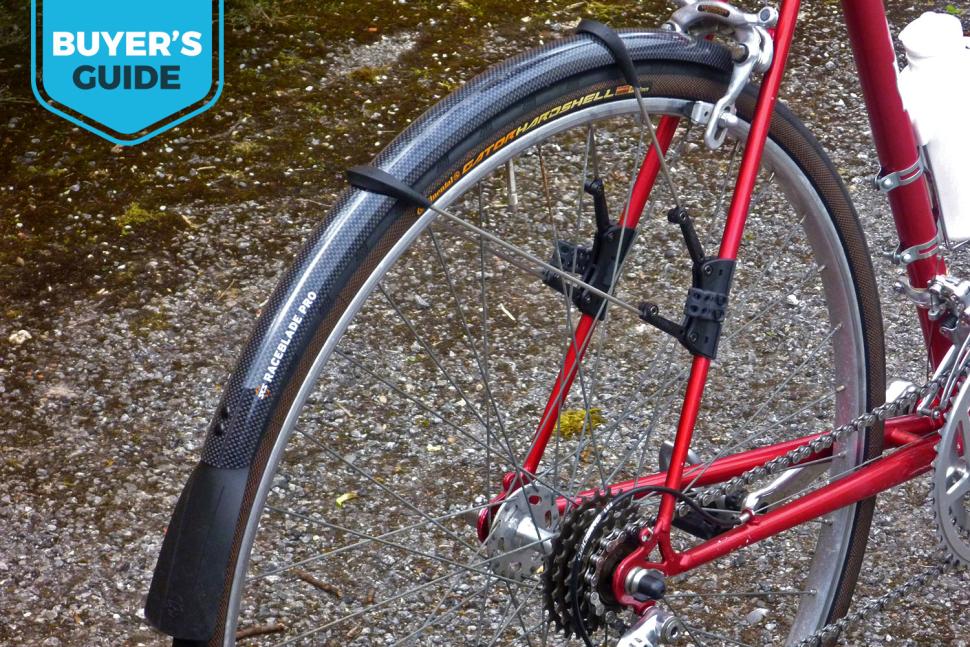






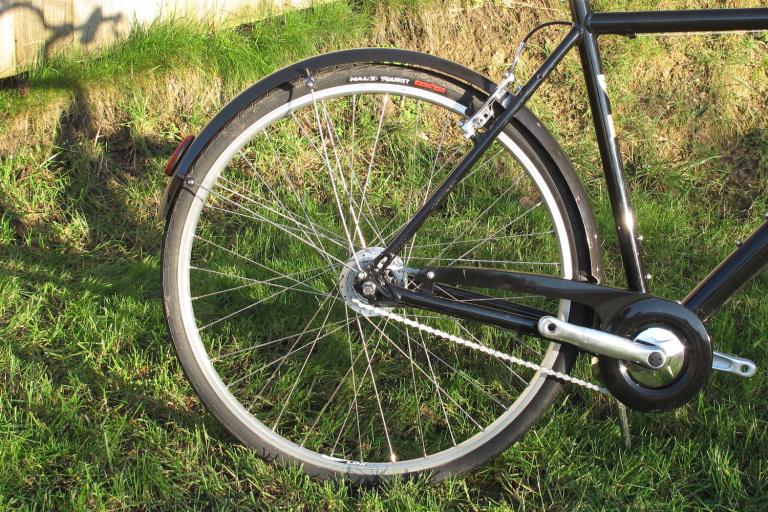
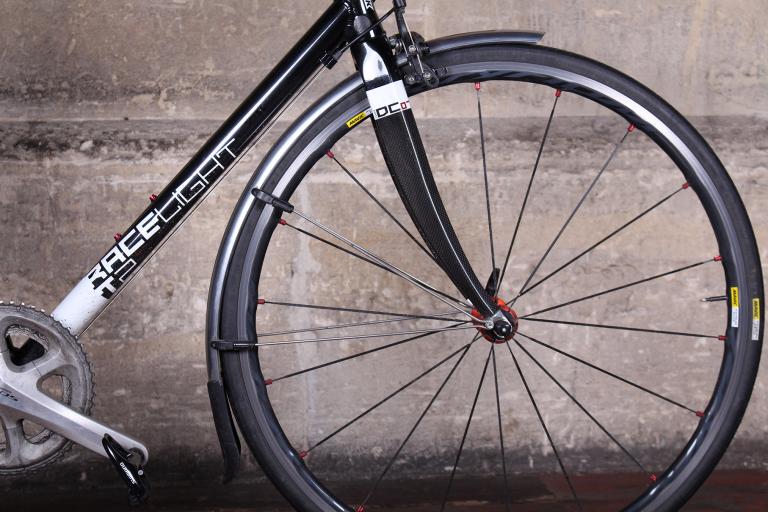

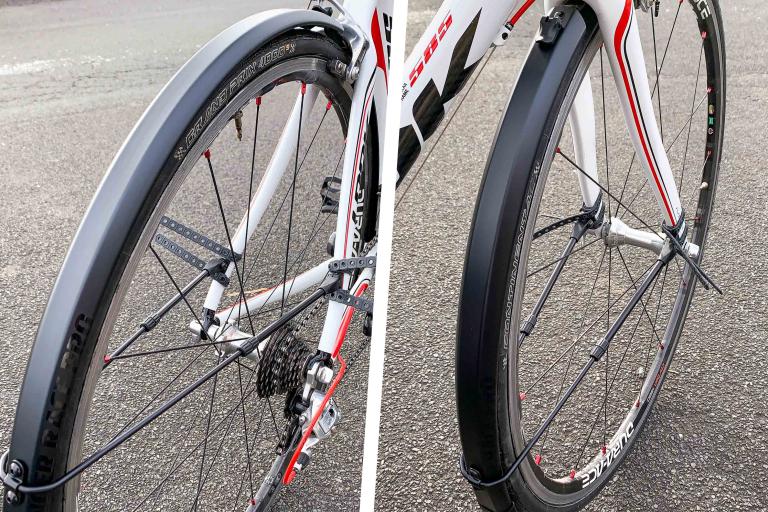
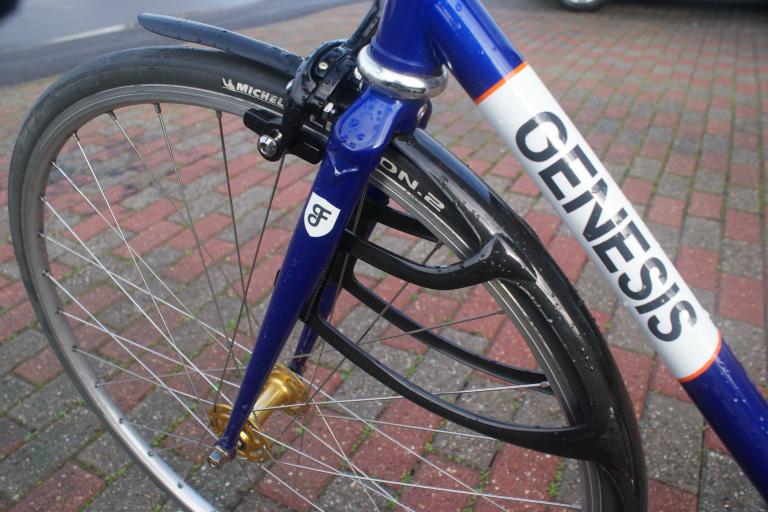
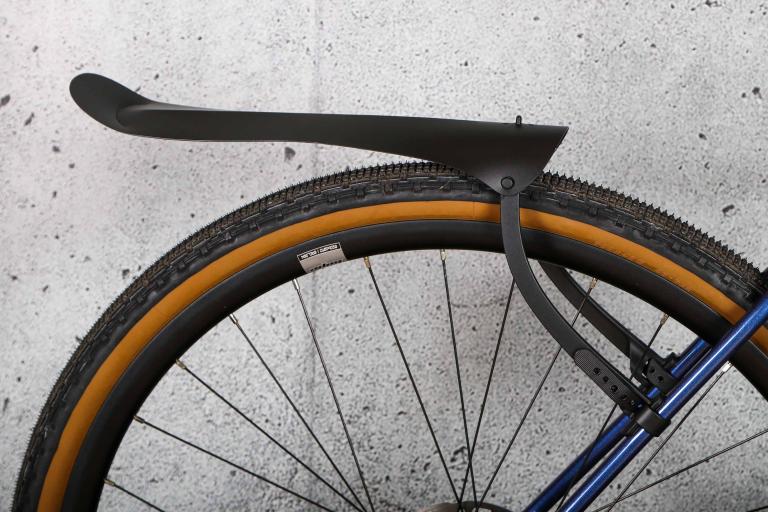
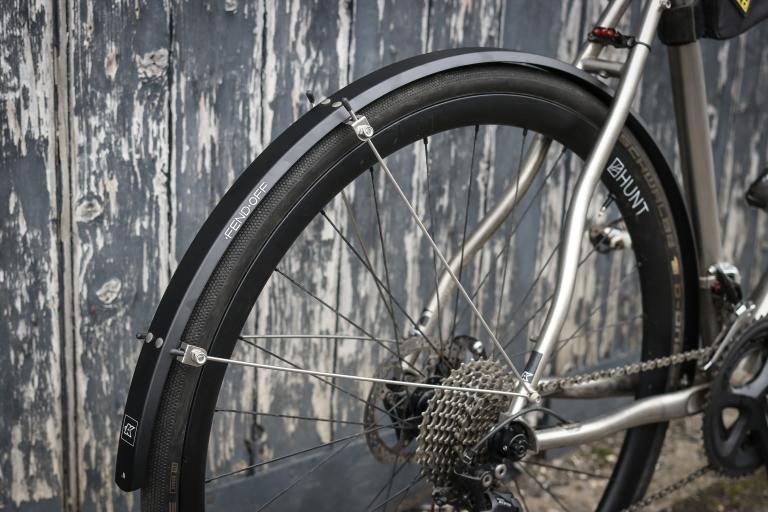


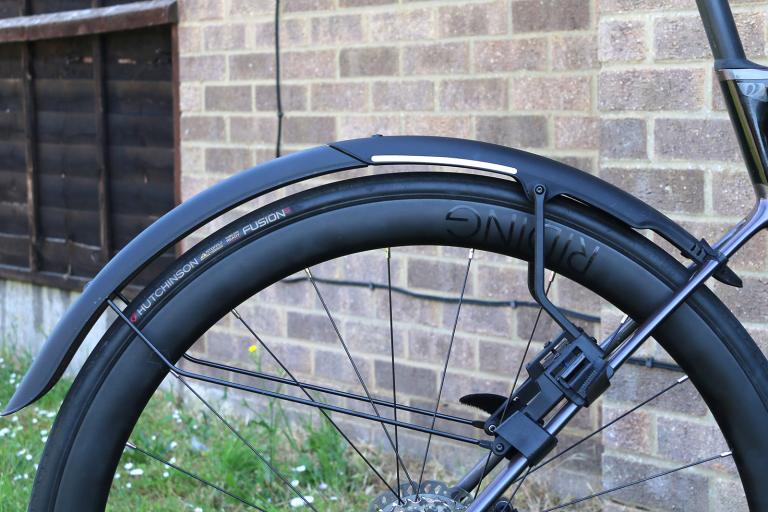
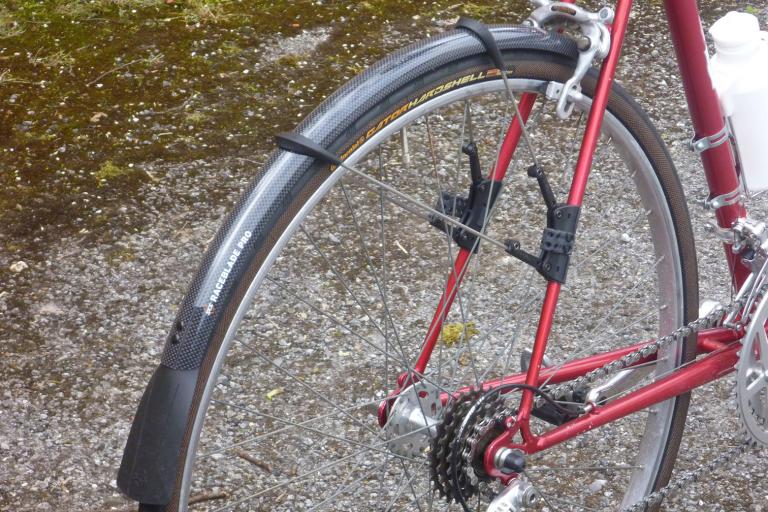

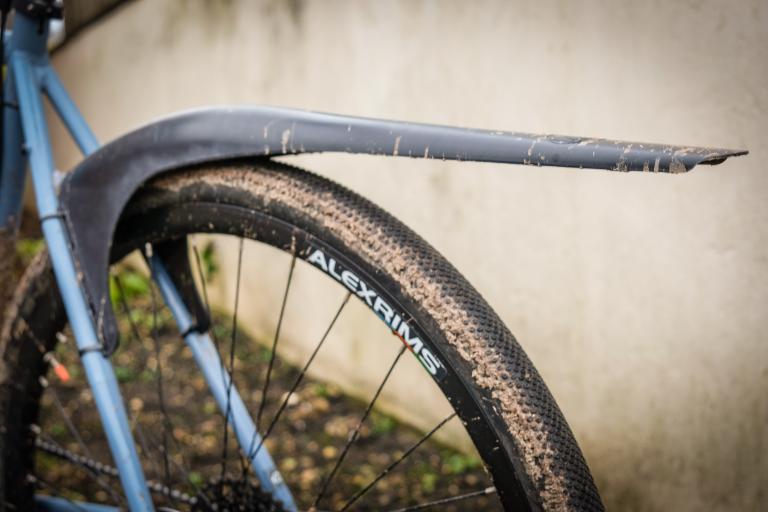
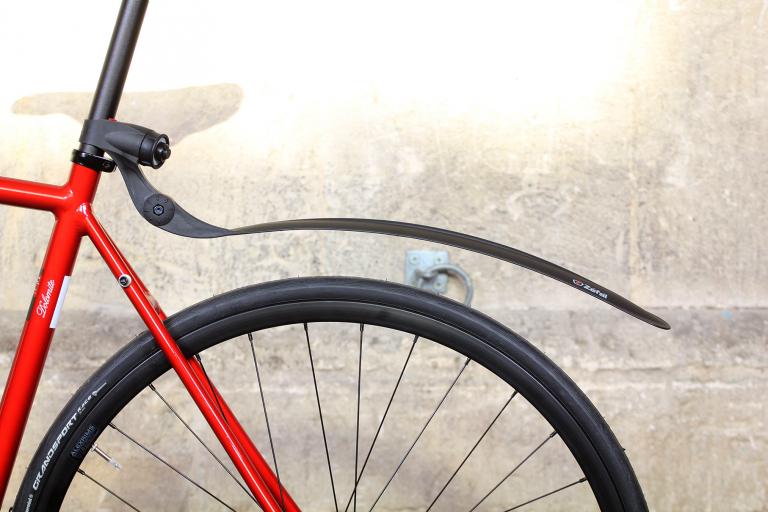
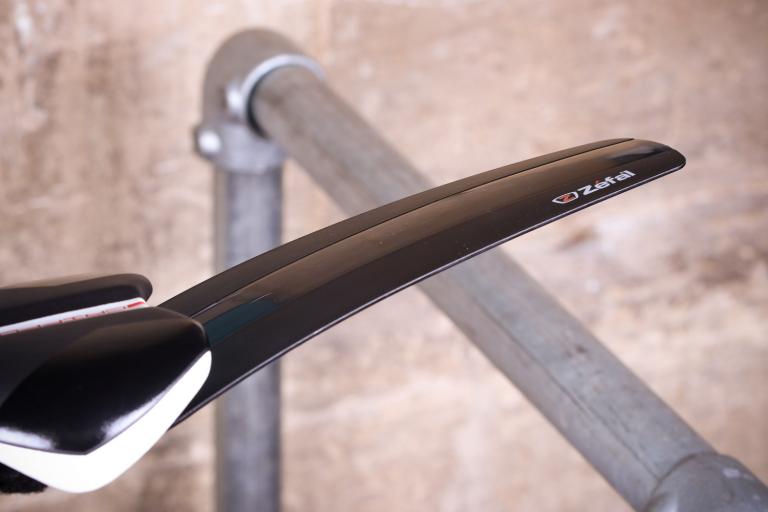
Add new comment
17 comments
The Canyon set is fairly brilliant (which might be suitable for other makes as well). Made from aluminium, with the supportbars on the outside to avoid "congestion" inside, they are light, silent, stiff and robust. Just the front needs a mudflap added - a "toe saver" attached with double-sided tape has done the job for me over 10.000km - in the wet, dry, muddy and dusty.
(And if you're like me, you may find that their look fits current bicycles better than the look of the chromoplastics - even though you could cover the shiney metal bits in black shrink-tube.)
I've the previous generation of the M'Part guards (mine are a little less refined the the stay ends, just tradditional bolts). I got them because I was sick of SKS guards always cracking and/or their seat stay bridge mount breaking. The MPart ones eventually developed a rattle their chains stay bridge bracket developed play (Ive closed that with gas tape and fingers crossed its silence again) but crucially for me they've not cracked despite the state of our roads.
Fenders ? They're mudguards.
This really could start a flame war the likes of which not seen since Swift.
Also, we eat biscuits we don't eat cookies.
For a bike where the mudguards are fitted permanently, I reckon the best available are the Berthoud stainless steel guards. They seem to last forever (my commute bike has had the same pair installed for more than 20 years, and they look the same as the day I installed them), they have a rolled edge, which helps prevent water coming out of the side of the guard, they're available in multiple sizes (26" 650B, 700c) and widths (40mm, 50mm, 60mm), and are available with a good mudflap for the front, which gives a substantial reduction in the amount of spray your feet get off the front tyre. Come in either polished metal or matte black.
Here's one of the front guards newly fitted to a touring bike.
I think I've tried every plastic guard on the market, and they all rattled, scraped and scuffed, and then broke.
The Kinesis are a complete game changer for me - I now have them on 3 bikes, and would only ever buy metal guards in future. They are rock solid, never move, and never make a sound.
Best mudguards?
Largest possible, longest possible, uninterrupted interior (stays on the outside), rolled edges.
I have the SKS raceblade longs. They work well to keep riders dry but direct all the road crap directly onto the brakes and headset bearings with the inevitable result that rims wear badly.
I really rate the Bontrager full mudguards for ease of fit. The stays have a sliding adjustment so you don't have to take a hacksaw to them to adjust them to size. Means they can be swapped to another bike easier
I'll second that - I can't believe these didn't make the list. They are also great for adjustablility when swapping from road tyres to gravel tyres, as all you need to do is get the hex key out and move them in or out to suit. Plus they come in a few different sizes depending on how big you want to go, tyre-wise.
Agreed. The stays are slightly flimsy but are mounted outside the guard giving a clear water drainage path. It's easy to find cheap used guards to extend the Bontragers to give better coverage. Sadly 26" versions are getting harder to find.
I despair at some of these reviews.As the 2 people have said Bontrager guards rate highly.I have tried a few pairs in the review and they ended up in the bin.The Bontragers are in their 4 th year now.They also have an Integrated rear Blendr light mount for use with Bontrager Flare lights,which I find perfect.Not too mention mudflaps to front and rear.
I guess they aren't in the review as Road CC mustn't have got a pair FREE 😇 🤣
Mudguards can significantly reduce spray thrown up onto the rider, but unless they pretty much go down to the ground they are of very limited benefit to following riders. It seems that the tyre pattern is far more important in that regard, some tyres certainly seem more prone to picking up water and flinginging it upwards rather than sideways.
My flaps are legendary, in Withington Wheelers. You missed the Cheshire Mavericks drop in flap surgery too, just before the clocks changed, when most clubs round here introduce the mandatory mudguards rule.
I gave the ass-savers win wing a try though I was very sceptical. To my surprise, the contraption works just fine. Very minimalist, stays in place perfectly, doesn't require cutting metal and easily removeable. Won't do anything for the guy riding behind you though. They have a front wheel solution as well but on that one I'm a bit less enthusiastic.
On a commuter or when riding in a group they're pretty much indispensable, though I don't like the esthetics.
Honjo (SimWorks / Rene Herse) mudguards? Quality.
Choose Life. Choose a job. Choose a career. Choose a family. Choose fenders.
I prefer a Les Paul ,Bob